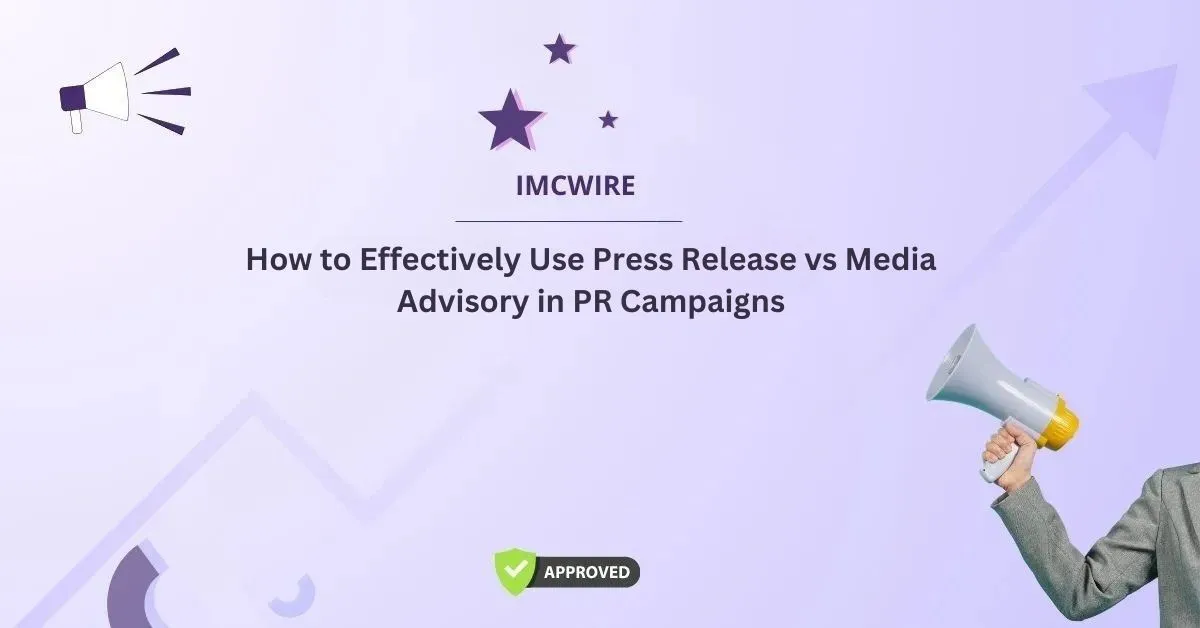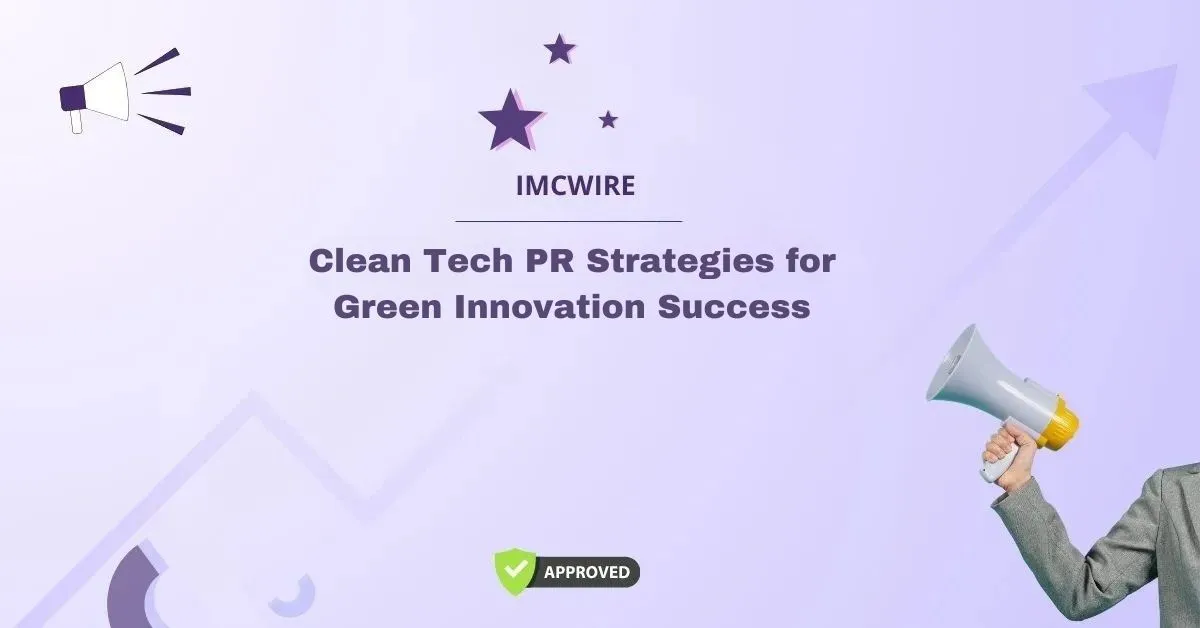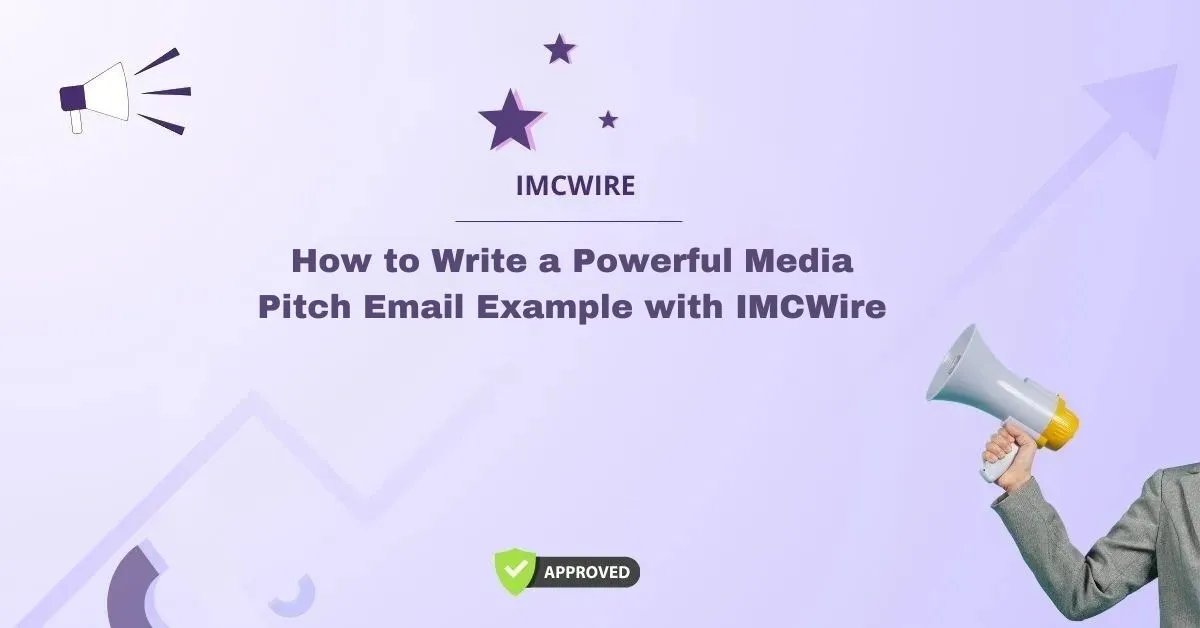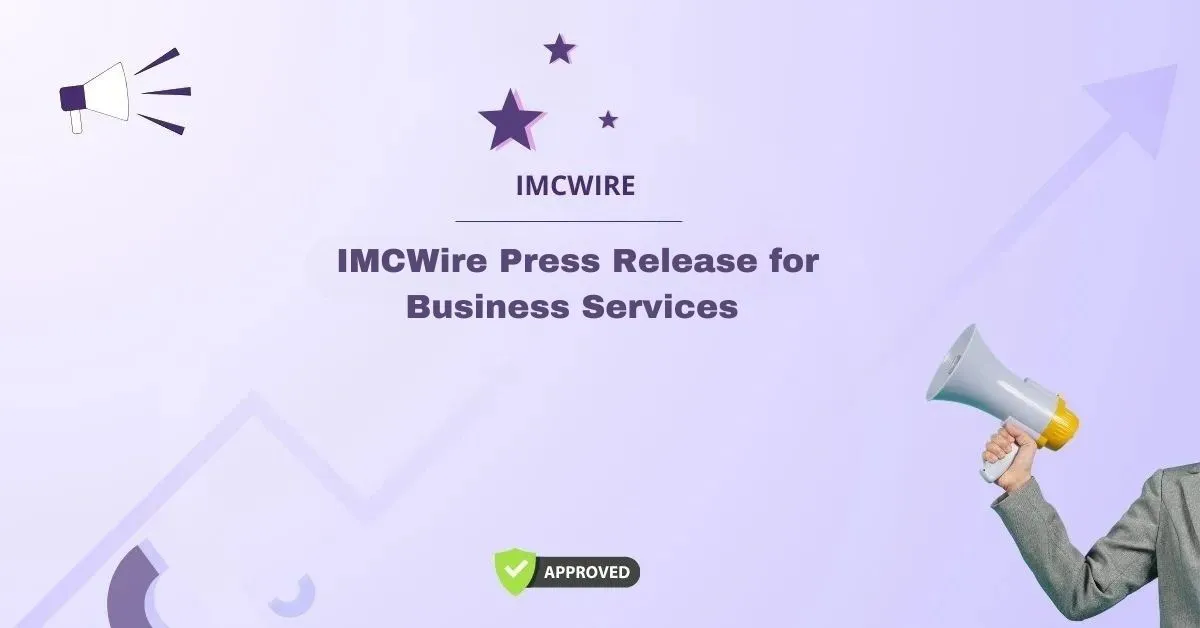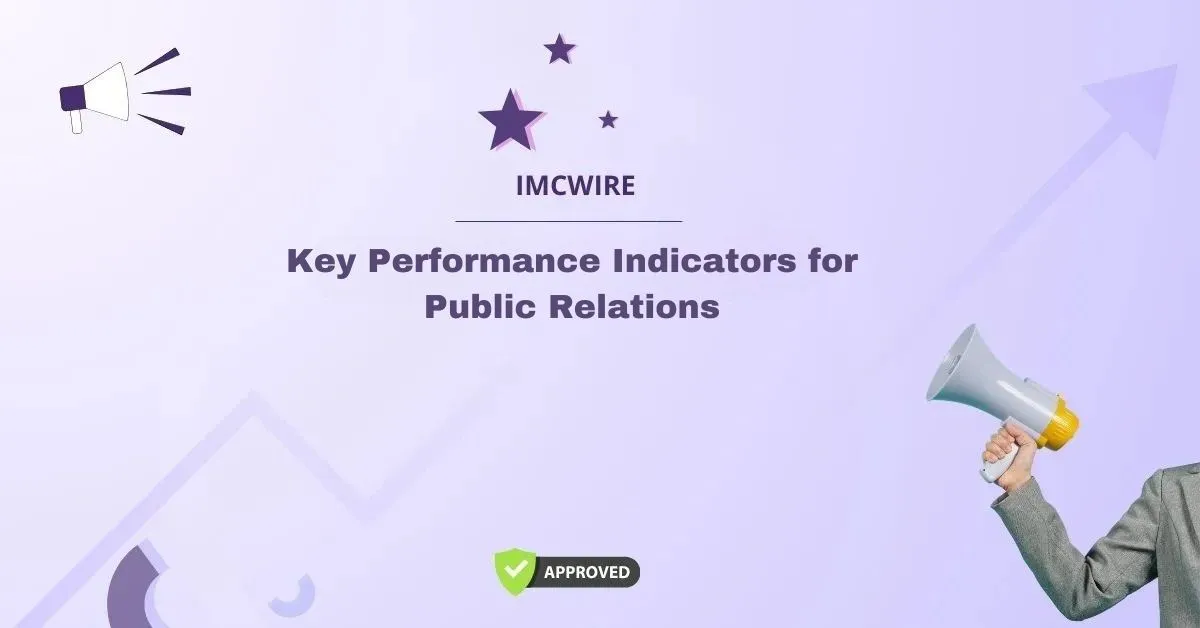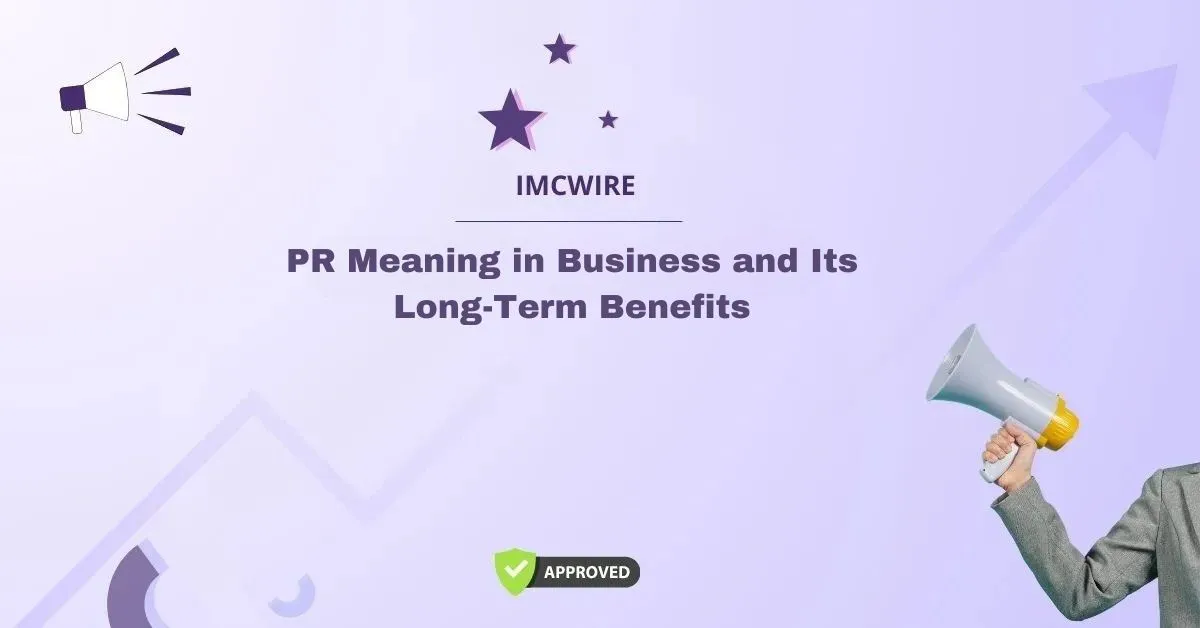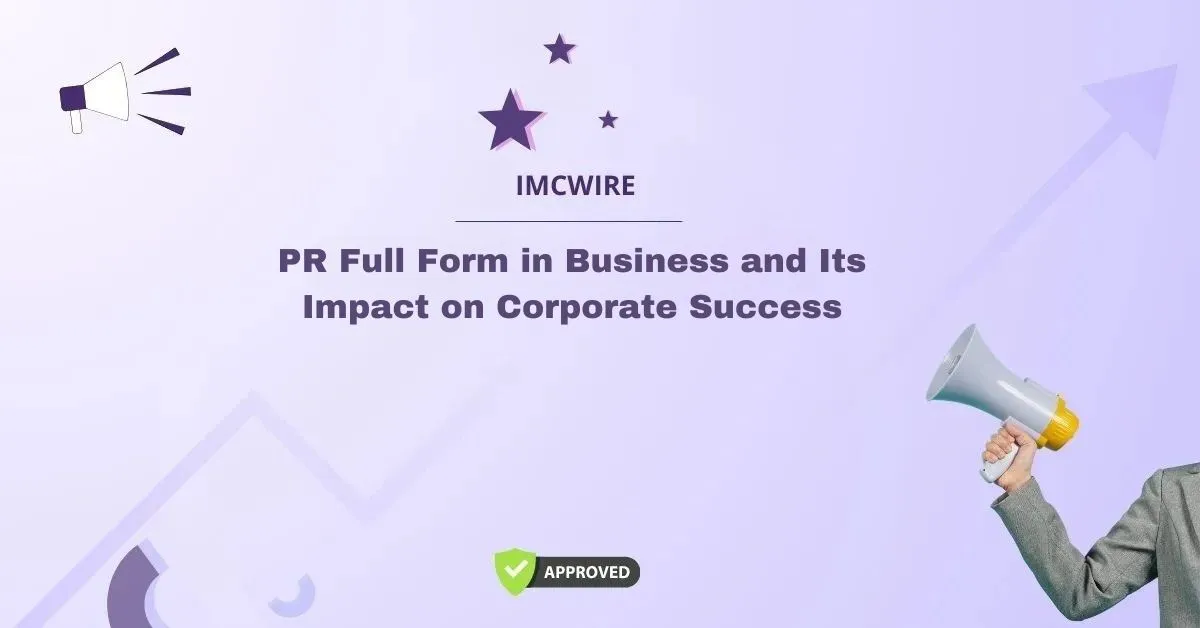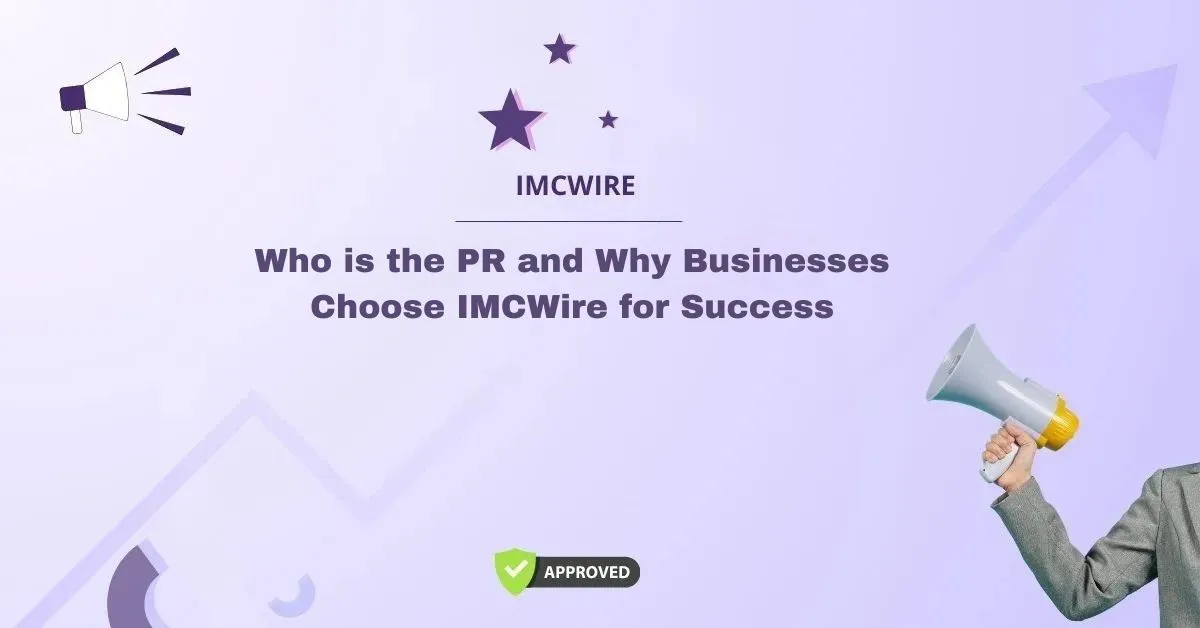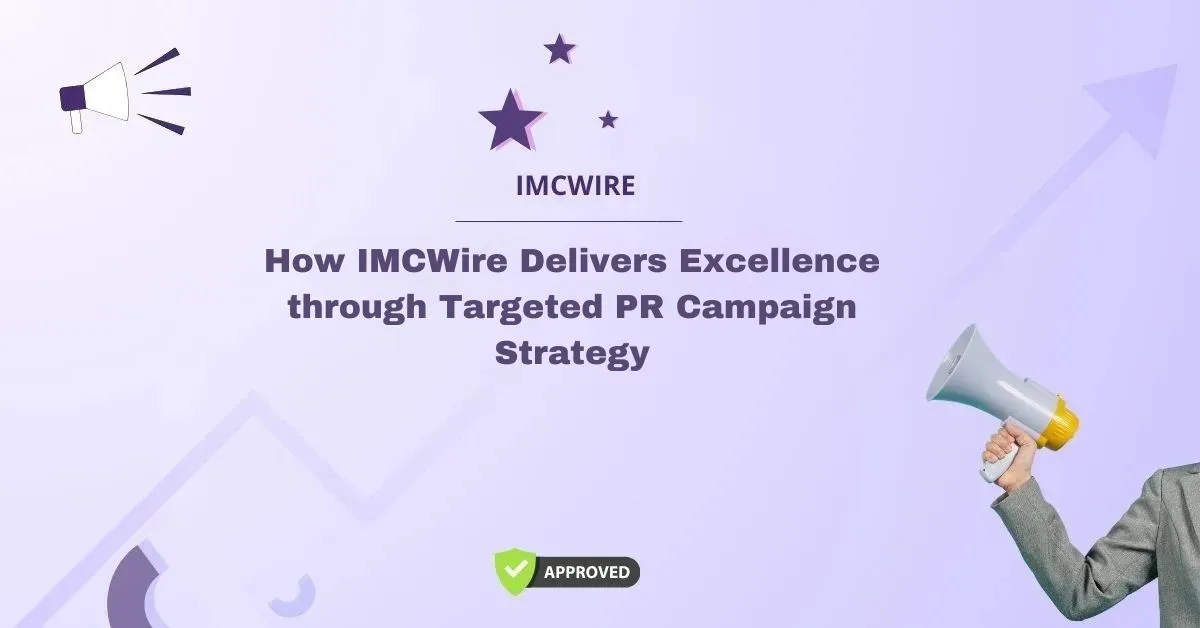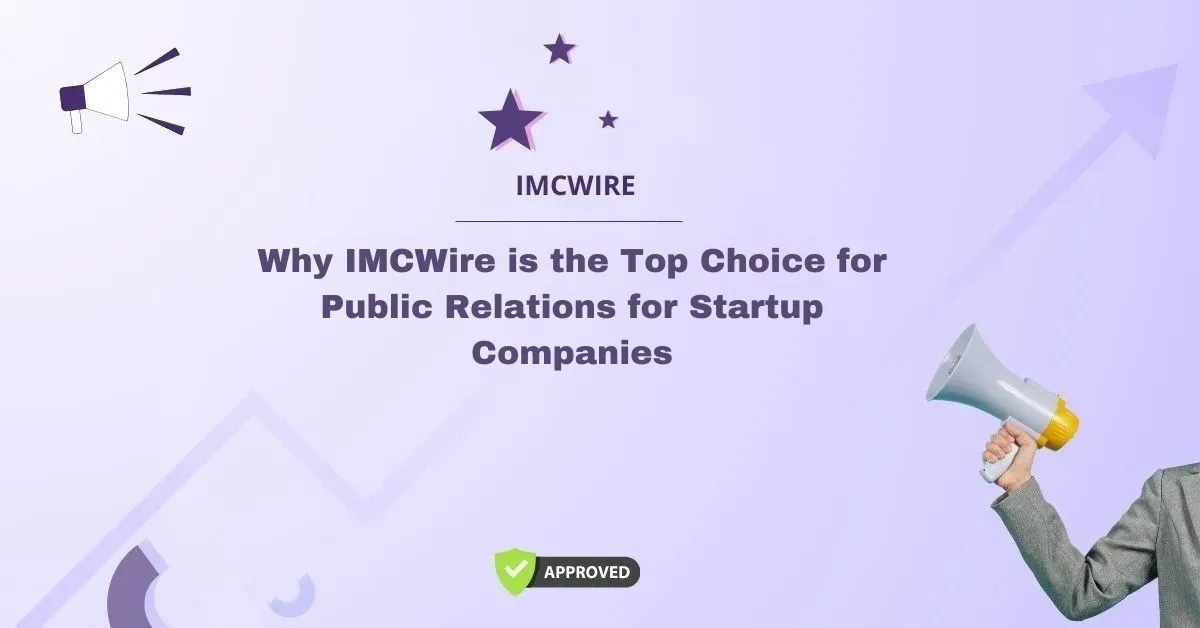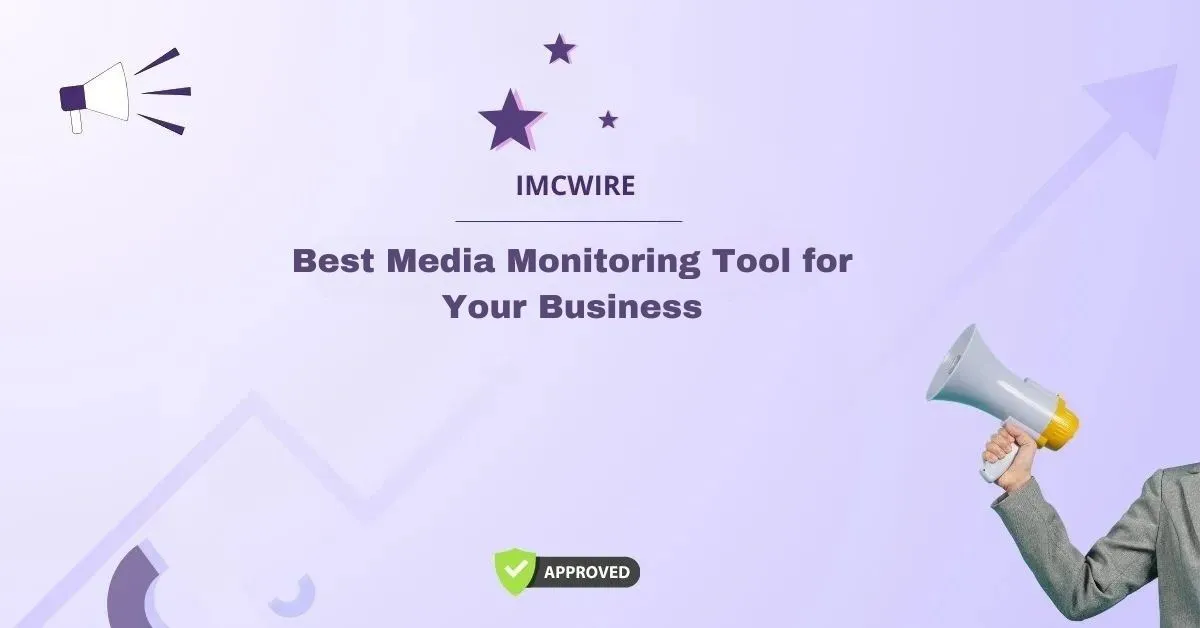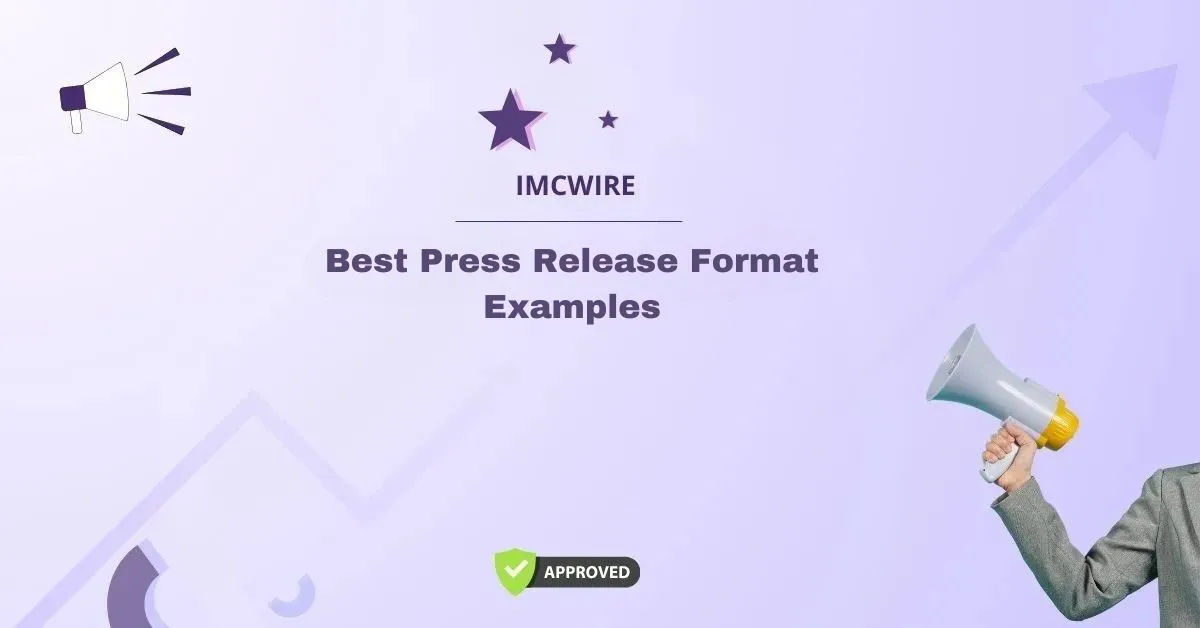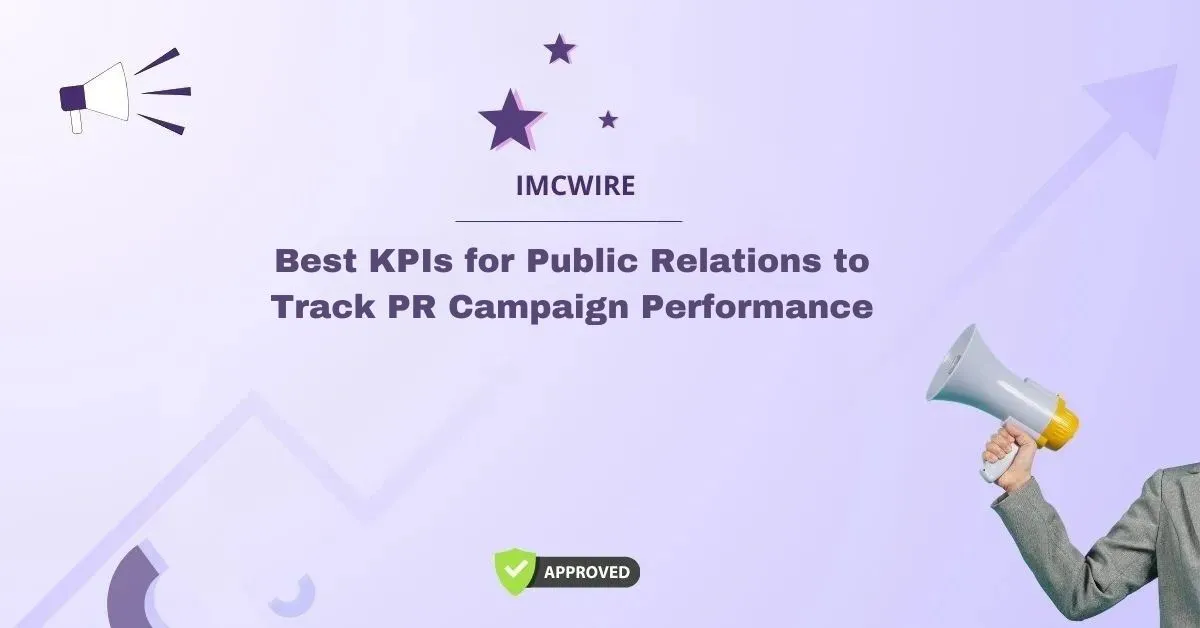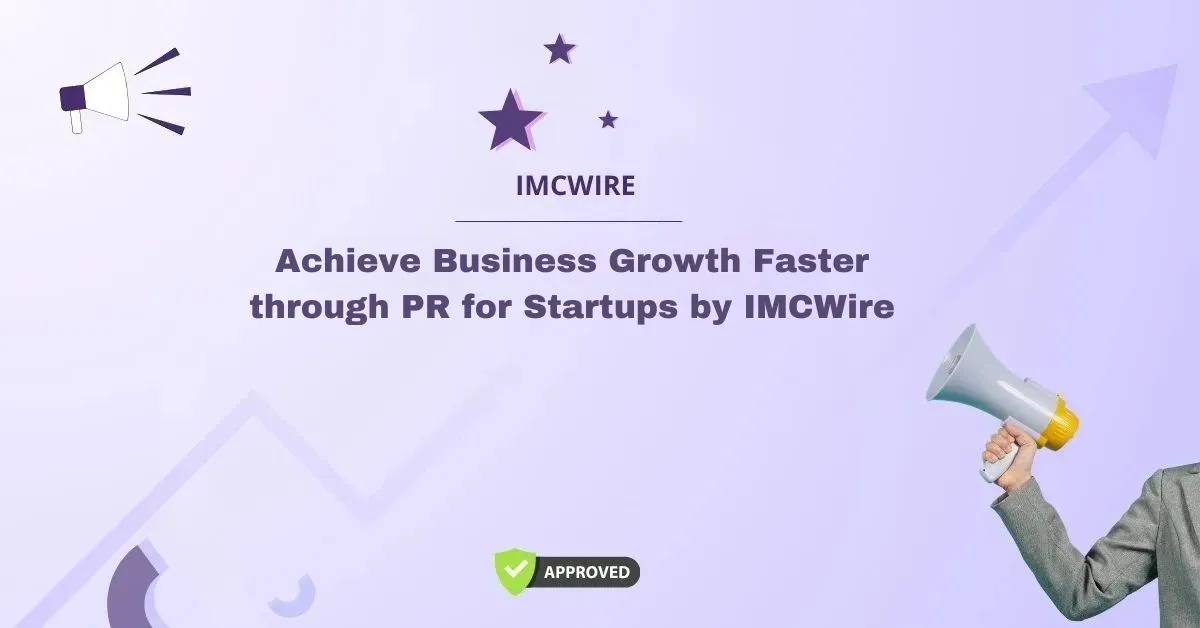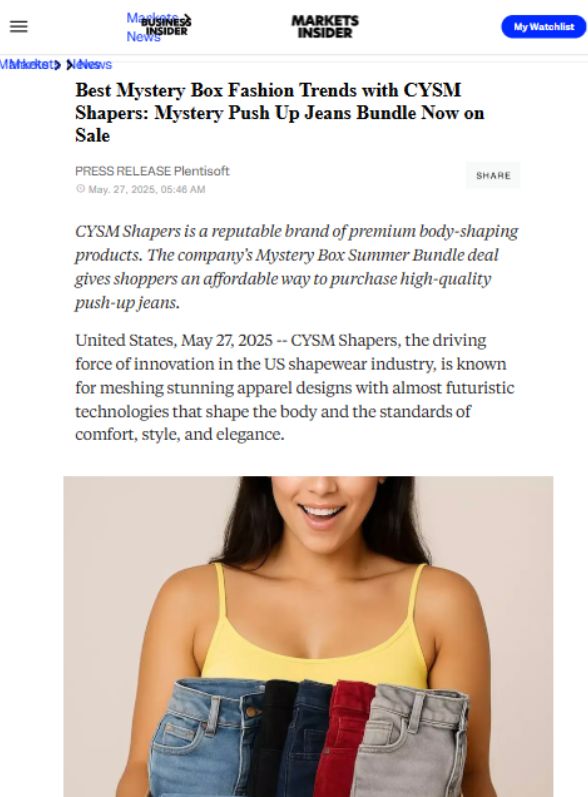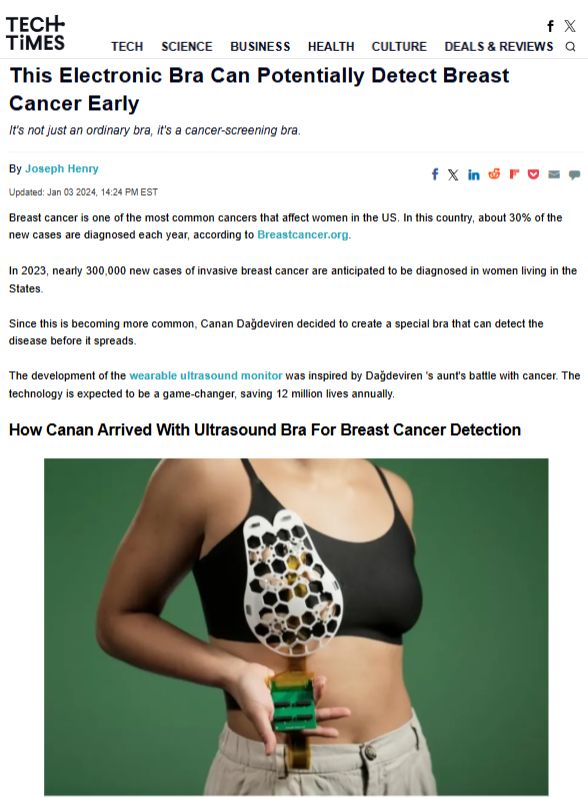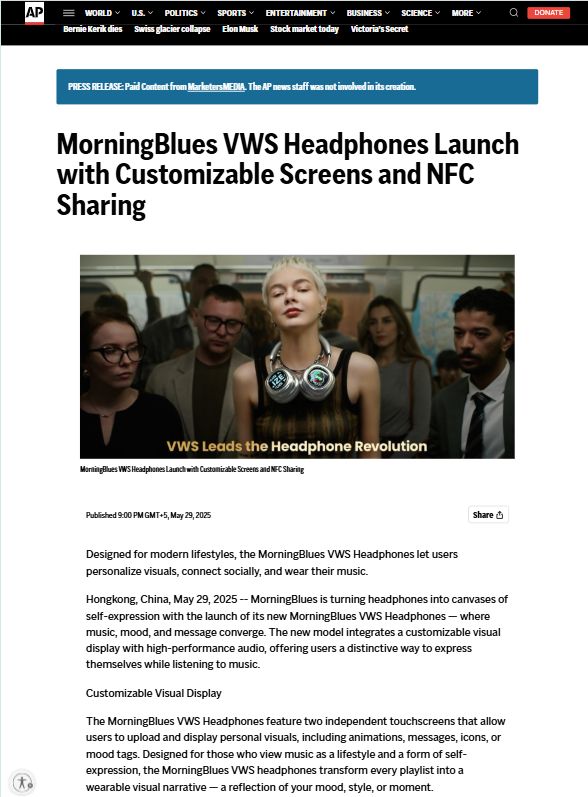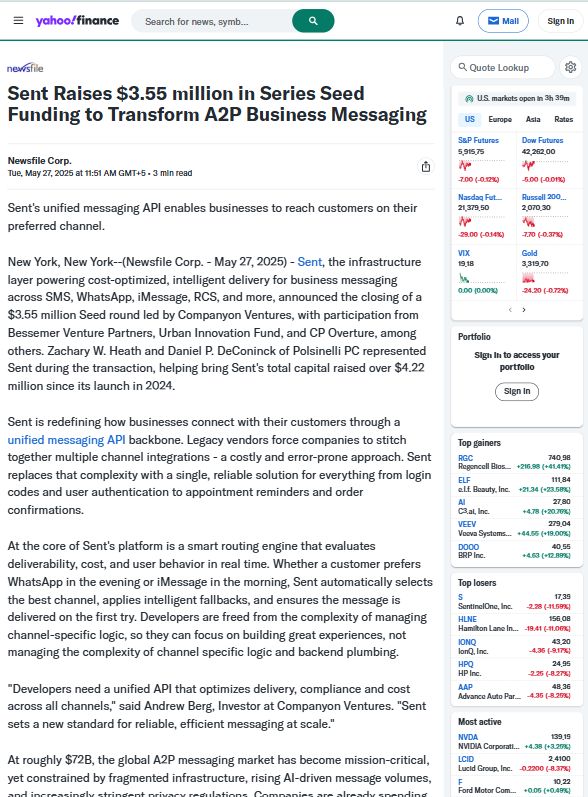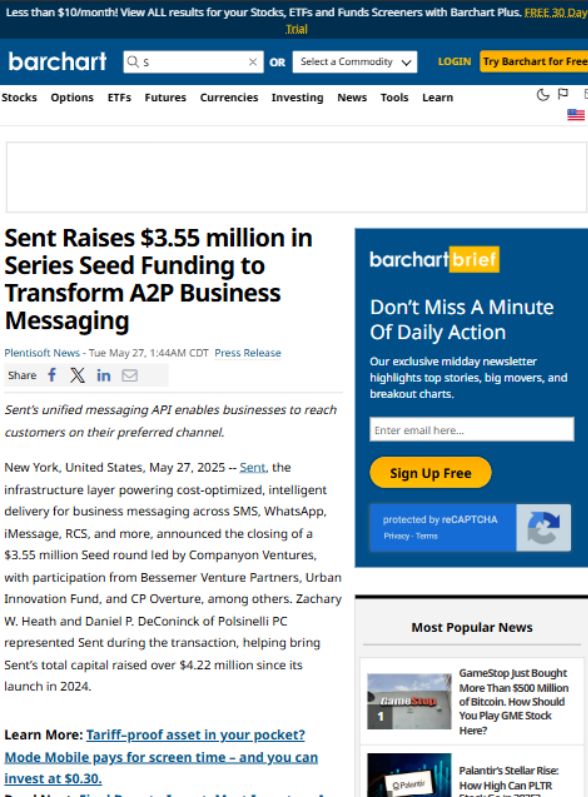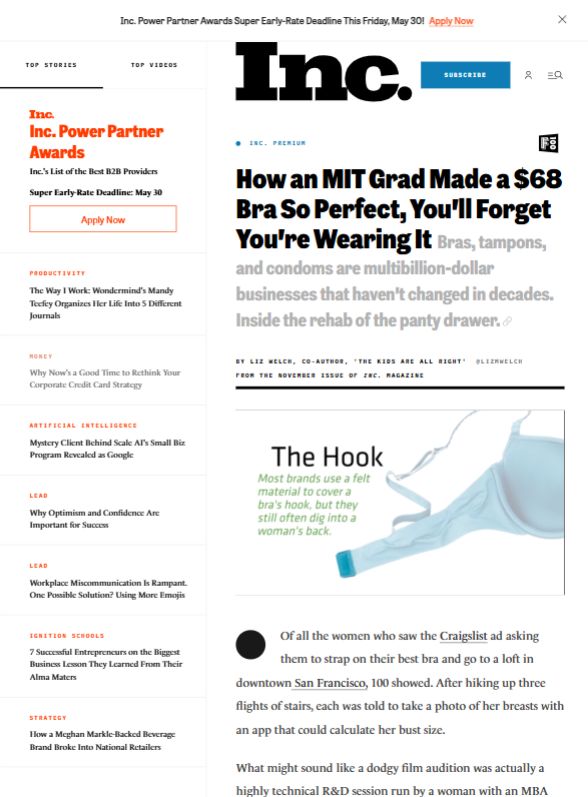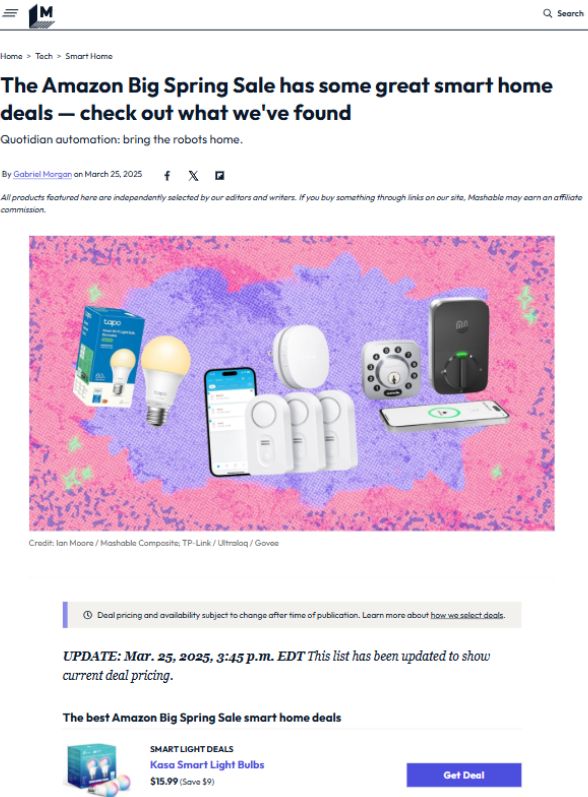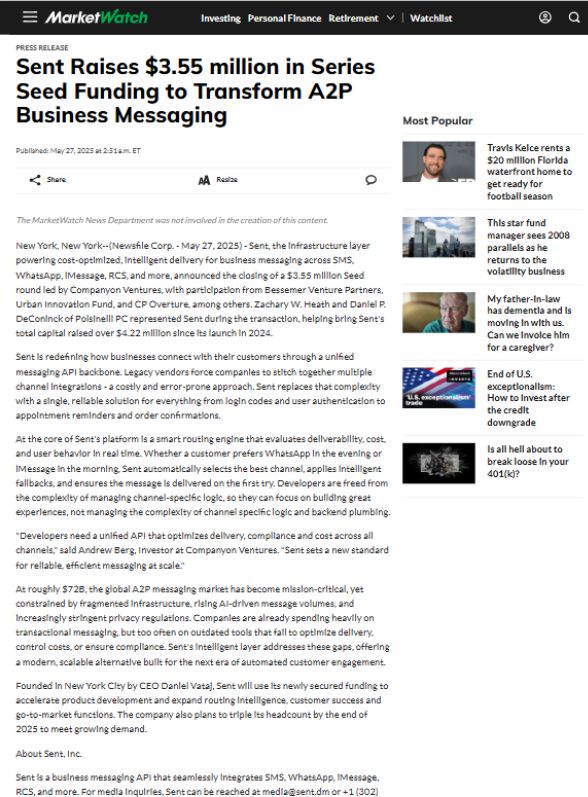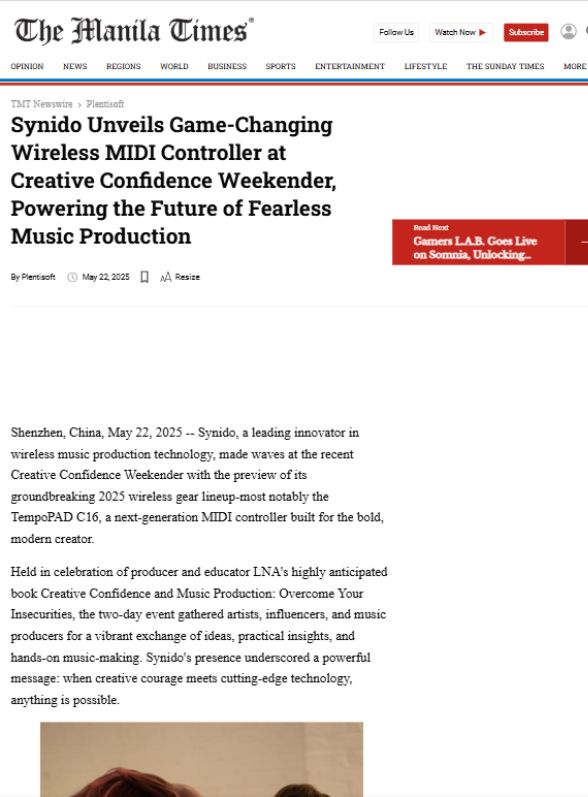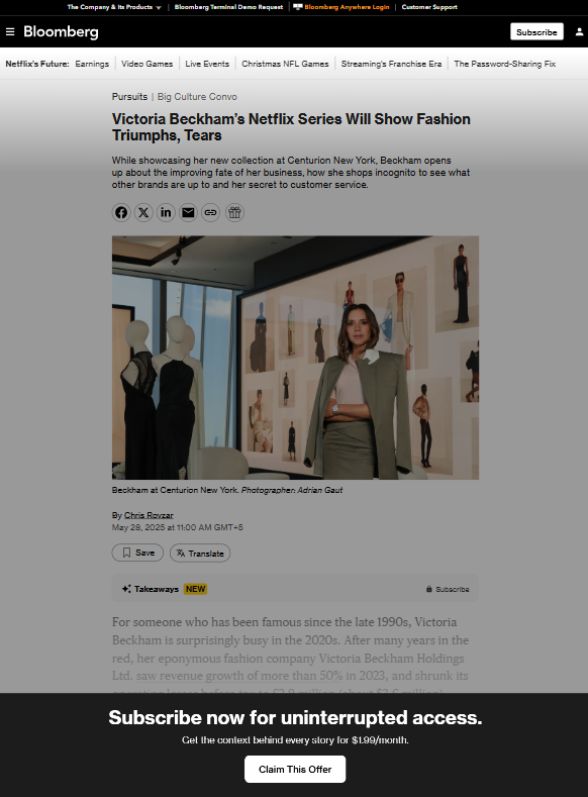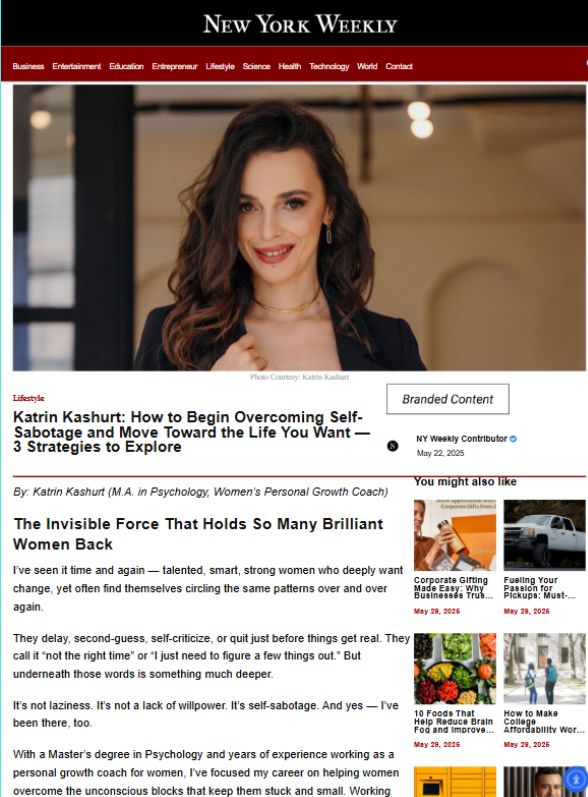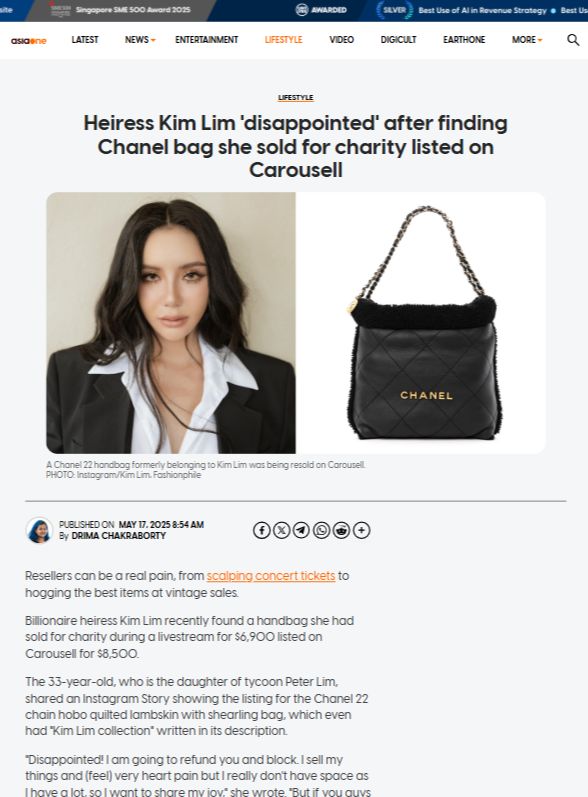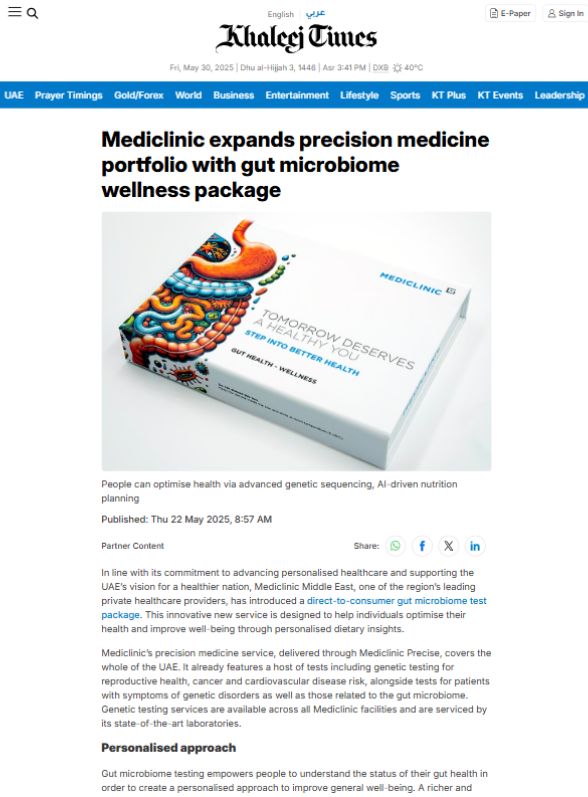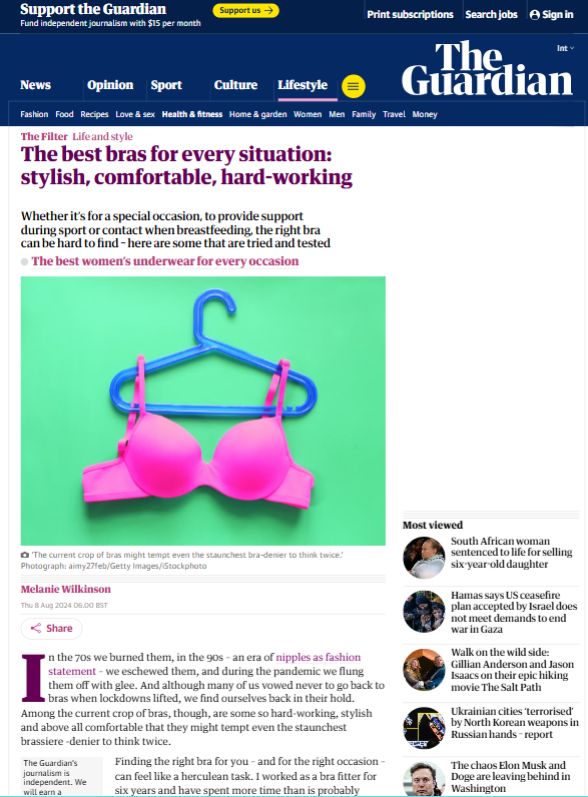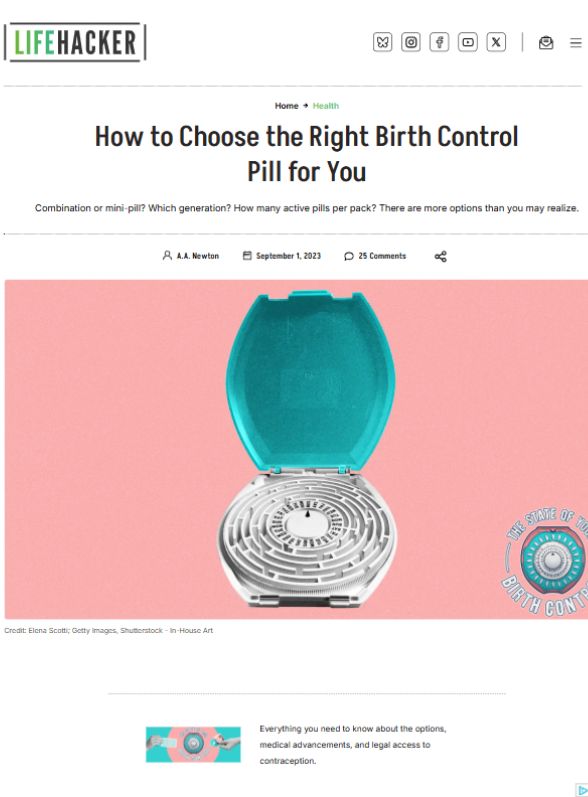In the realm of strategic communication and public relations, it’s essential to understand the tools that help organizations reach their target audiences effectively. Two of the most commonly used tools in media outreach are the press release and the media advisory. While they might appear similar at first glance, these communication materials serve distinctly different purposes.
Whether you’re a startup looking to make your first big announcement or a seasoned PR professional managing a complex campaign, knowing when to use a press release vs media advisory can significantly impact the success of your message. In this blog, we’ll explore the definitions, differences, use cases, formats, and best practices for both press releases and media advisories.
Table of Contents
What Is a Press Release?
A press release is a formal written statement distributed to the media to announce something newsworthy. It’s designed to provide comprehensive details about an event, product launch, organizational change, or any significant development within a company.
A well-written press release answers the who, what, when, where, why, and how. Journalists use press releases as a source for potential stories, and many media outlets will publish them directly, especially if they come from a credible source.
Purpose of a Press Release
The main objective of a press release is to inform the media and the public about noteworthy news. A press release is intended to:
- Disseminate factual and comprehensive information
- Increase media coverage and public awareness
- Establish credibility and authority
- Shape public perception of the company or brand
Examples of when to issue a press release include:
- New product launches
- Corporate mergers or acquisitions
- Executive appointments
- Crisis responses or clarifications
- Major partnerships or funding rounds
Structure of a Press Release
The typical structure of a press release includes:
- Headline: A compelling title that captures attention
- Dateline: Location and date of the announcement
- Lead Paragraph: The essential information, usually the 5Ws and 1H
- Body Paragraphs: Supporting details, quotes, and context
- Boilerplate: A brief description of the company issuing the release
- Media Contact Information: Details for journalists to follow up
Press releases are written in an objective, journalistic tone. The language should be clear, concise, and factual.
What Is a Media Advisory?
A media advisory is a short, to-the-point communication tool that invites journalists to attend an event. Unlike a press release, which provides detailed news, a media advisory serves as a notification or reminder of a newsworthy event.
Media advisories are not meant for the general public. They are directed specifically at journalists and editors to encourage attendance or coverage.
Purpose of a Media Advisory
The goal of a media advisory is to provide essential details about an upcoming event, such as:
- Press conferences
- Grand openings
- Product unveilings
- Ribbon-cutting ceremonies
- Community events or fundraisers
Media advisories are used to generate media attendance, not to tell the full story.
Structure of a Media Advisory
Media advisories are brief—typically one page—and follow a straightforward structure:
- Headline: Clear and informative
- What: Description of the event
- Who: Names and titles of key speakers or participants
- When: Date and time
- Where: Event location, including address and access instructions
- Why: The event’s significance or purpose
- Media Contact: Person to reach out to for interviews or RSVPs
The tone is more direct and less formal than a press release. It’s not uncommon to use bullet points for easy readability.
Press Release vs Media Advisory: Key Differences
While both documents are crucial in public relations, understanding their distinctions is vital for using them effectively.
| Element | Press Release | Media Advisory |
|---|---|---|
| Purpose | Share news with media and public | Invite media to attend an event |
| Audience | Media, public, stakeholders | Media only |
| Length | 400–600 words (or more) | 150–250 words |
| Timing | Sent out when news breaks | Sent out 2–5 days before an event |
| Tone | Formal, journalistic | Direct, informative |
| Content | In-depth story, quotes, background | Event logistics and attendance info |
| Format | Narrative-style with paragraphs | Bullet-pointed or structured list |
Understanding the differences between a press release vs media advisory ensures you use the right tool for the right purpose, enhancing your PR effectiveness.
When Should You Use a Press Release?
Choose a press release when you want to:
- Announce newsworthy developments
- Provide a full story with context
- Share expert quotes and data
- Establish thought leadership
- Control the narrative in crisis communication
Press releases are ideal for widespread distribution through wire services, email pitches, and newsroom portals.
When Should You Use a Media Advisory?
Opt for a media advisory when:
- You are hosting a media-friendly event
- You want journalists to attend in person or virtually
- You need to notify media quickly and succinctly
- You’re looking to boost event coverage or interviews
Media advisories are perfect for brief, impactful communications that serve as alerts.
How They Work Together
In some campaigns, both a press release and a media advisory are used together. For instance, you may send out a media advisory a few days before a product launch event to invite the press. After the event, you can distribute a press release summarizing the announcement, highlighting key quotes, and sharing photos or video links.
This combination can significantly improve both attendance and post-event coverage.
Best Practices for Press Releases
- Craft a strong headline: Journalists receive dozens of releases daily. Make yours stand out.
- Start with a strong lead: Give them the most important information right away.
- Use credible quotes: Add value with quotes from executives, experts, or partners.
- Keep it factual: Avoid exaggerated claims and stick to verifiable details.
- Include multimedia: Visuals increase engagement and pickup.
- Distribute widely: Use trusted wire services and direct media outreach.
Best Practices for Media Advisories
- Keep it short: One page is ideal.
- Use bullets for clarity: Journalists scan advisories quickly.
- Be specific: Include exact time, location, and parking or access info.
- Highlight visuals: If there’s a photo opportunity, mention it.
- Follow up: A phone call or email reminder can boost attendance.
Common Mistakes to Avoid
- Using the wrong format: Sending a media advisory when you should send a press release—or vice versa—can confuse journalists.
- Being too vague: Whether it’s a press release or media advisory, clarity is crucial.
- Failing to update contact info: Always include accurate media contact information.
- Sending too late: Give media outlets enough time to plan, attend, or publish.
Digital Distribution and SEO
In the digital era, both press releases and media advisories benefit from search engine optimization (SEO). Using relevant keywords, hyperlinks, and multimedia elements improves online visibility. Posting these documents to your website or online newsroom can also attract more organic traffic and press inquiries.
When optimizing for search, make sure to include your focus keyword—in this case, “press release vs media advisory”—in the headline, subheadings, and a few times in the body copy. However, avoid keyword stuffing. Keep it natural and informative.
Final Thoughts
In the ever-evolving landscape of public relations and media outreach, understanding the difference between a press release vs media advisory is more important than ever. Both are essential tools in a communicator’s toolkit, and knowing when and how to use them can maximize media attention and ensure your message reaches the right audience.
A press release delivers the full story. A media advisory invites the media to witness the story unfold.
At IMCWire, we help businesses and organizations make the most of their media strategies by providing professional press release distribution and PR support services. Whether you’re planning a product launch, organizing a press event, or announcing big news, knowing which tool to use—and how to use it effectively—can be the difference between being noticed or being ignored.

